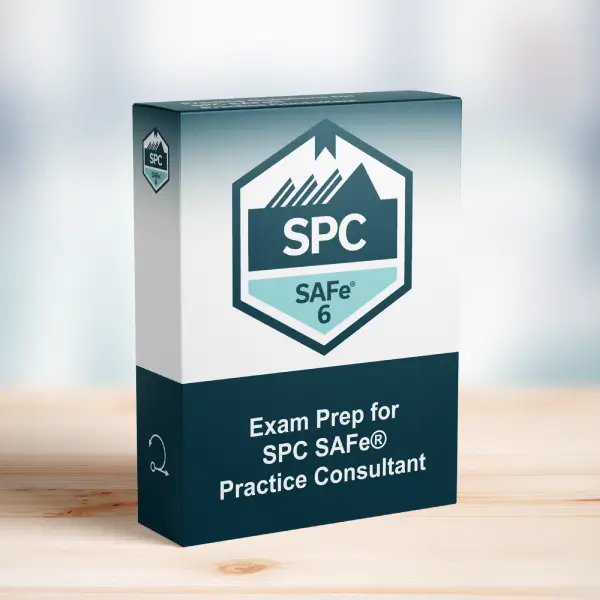Applying SPC Principles in Practice
This article analyzes a core SPC competency area and how it impacts enterprise-scale Agile transformations.
Exam Question
The first SAFe Lean-Agile Principle includes ‘Agile economics’ and what else?
(choose the best answer)
A. Apply cadence
B. Apply systems thinking
C. Deliver value incrementally
D. Decentralize decision-making
Correct Answer
C. Deliver value incrementally
Explanation
Correct Answer
C. Deliver value incrementally:
Incorrect Answers
A. Apply cadence:
This option does not directly relate to the concept emphasized in this SAFe principle.
B. Apply systems thinking:
While systems thinking is important, it’s SAFe Principle #2 — not part of Principle #1 focused on economics.
D. Decentralize decision-making:
Decentralized decision-making is covered in Principle #9. It enhances agility but is not the primary concern of Principle #1.
Agile Leadership Insights
- Enablement: SPCs equip teams and leaders with Lean-Agile knowledge.
- Transformation: They actively guide SAFe implementations across the enterprise.
- Scaling Practices: SPCs ensure consistent flow and alignment at all levels.
Relevance to the SPC Exam
This question format mirrors the actual SPC exam. Understanding the SPC’s role and decision-making logic is essential for passing and for leading transformations.
Key Takeaways
- SPCs guide enterprise-wide Lean-Agile adoption.
- SAFe encourages systemic thinking and long-term enablement.
- Traditional, rigid planning approaches are not effective in SAFe.
Conclusion
Understanding this concept is critical for mastering SAFe roles and passing the SPC exam. For structured practice, visit our SPC Exam Prep.
Read more:



